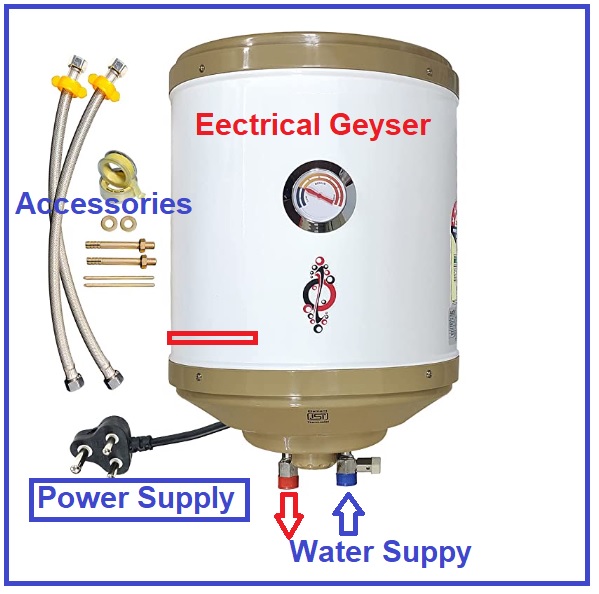Exactly how to Choose the Right Geyser to Maximize Power Effectiveness in your house
From understanding the various kinds of geysers, to evaluating their power effectiveness ratings and considering placement approach, each choice plays an essential duty in making best use of effectiveness. Allow's get started on this journey to find exactly how to make the most informed option for a hot spring that will decrease your energy costs while guaranteeing optimal performance.

Understanding the Various Kinds of Geyser
While there are various kinds of geysers readily available on the market, understanding the distinctions between them is essential for power efficiency (geyser sizes). The first type, storage geysers, are one of the most usual and store hot water in a container for use when required. They are offered in various abilities and are usually energy-efficient, but they can lose heat when not being used
The second type is the tankless geyser, which warms water on demand, leading to much less power waste yet calling for a higher initial power draw. Solar geysers make use of solar power to heat up the water, making them the most energy-efficient yet likewise the most costly.
Analyzing Your Family's Hot Water Needs
Prior to diving right into the acquisition of a geyser, it is essential to examine the warm water demands of your house. This assessment ought to think about numerous variables including the number of family members, frequency of warm water usage, and the variety of warm water outlets in the home (geyser sizes). A small household with infrequent warm water use may require a smaller sized, much less effective geyser compared to a larger family with several everyday warm water requirements
The sort of home appliances that call for warm water likewise play a considerable role. Dishwashers and cleaning makers, for circumstances, may need more warm water than a simple shower or kitchen sink. Details activities such as showering or cleansing also affect the frequency and quantity of warm water required.
Evaluating Power Effectiveness Rankings of Geyser
Having examined the warm water requirements of your household, it's essential to transform your attention to the energy effectiveness rankings of geysers. These rankings, normally given as Power Variable (EF), suggest a geyser's general power efficiency based upon the amount of warm water generated each of fuel eaten over a regular day. The higher the EF, the much more effective the water heating system.

Factors To Consider in Geyser Dimension and Positioning
Beyond power performance rankings, the dimension and placement of your geyser are essential elements to think this link about. The size of the geyser ought to align with your household's hot water requirements. A little geyser might utilize much less energy however may not give enough warm water for numerous usages at the very same time, whereas a larger unit can fulfill higher demand however may take in more power.
Geysers must be mounted close to points of usage to minimize warmth loss during water transport. In addition, taking into consideration thermal insulation, a hot spring located in a warmer area sheds much less heat and for that reason uses much less energy to keep the water temperature.
Cost Evaluation: Balancing First Investment and Long-Term Cost Savings
While dimension and positioning most certainly play significant functions in a hot spring's energy performance, one have to not neglect the economic facet. When taking into consideration the preliminary financial investment, the cost of energy-efficient geysers can be greater than common designs. The raised in advance expense can be balanced out by lasting power financial savings, making it a rewarding investment in the lengthy run (geyser sizes).
Assessing lasting cost savings calls for an understanding of the geyser's energy Go Here ranking. A device with a higher rating will eat less power, equating to lower energy bills over time. Federal government motivations and discounts for energy-efficient appliances can also assist recoup preliminary prices.
Finally, upkeep and life-span need to be factored in. Energy-efficient hot springs typically have much longer lifespans and reduced maintenance costs, adding to total cost savings. When balancing first investment and lasting cost savings, one ought to consider not only the purchase cost yet also energy usage, federal government rewards, and upkeep expenses.

Final thought
These include understanding the types of hot springs, evaluating your household's hot water requirements, assessing energy performance ratings, and determining price advantages. The appropriate geyser size, placement, and insulation can considerably minimize power costs and ecological influence.